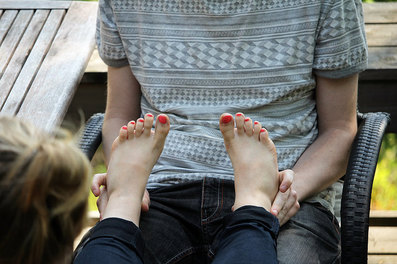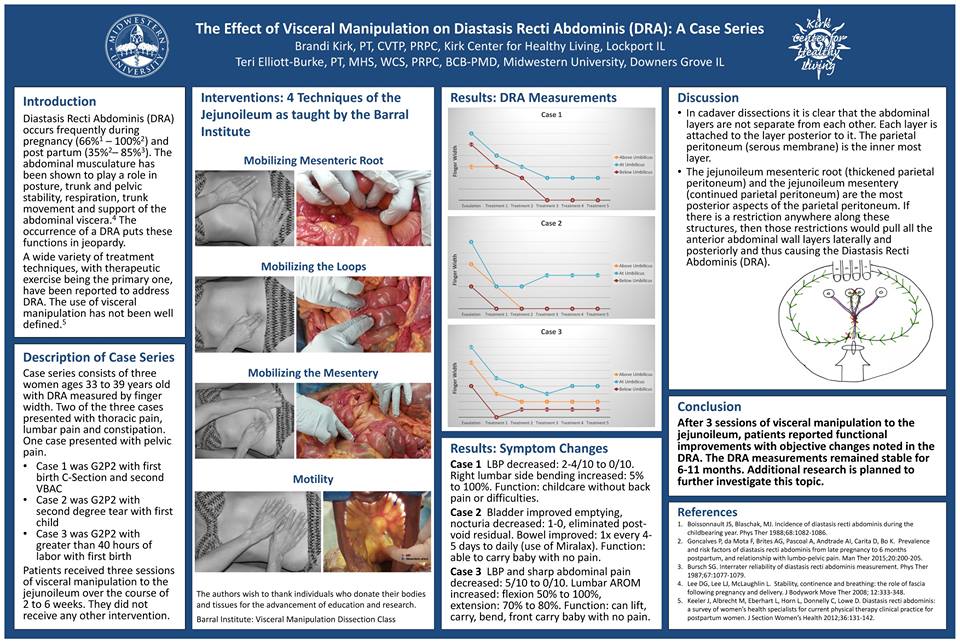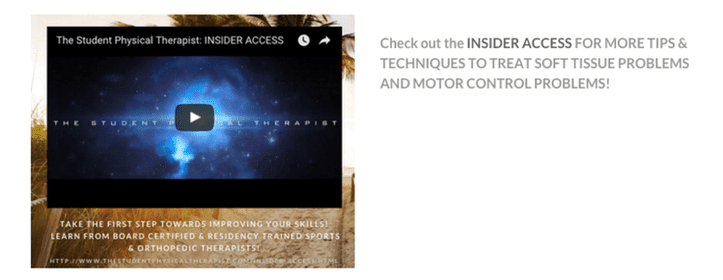- Home
- About Us
- TSPT Academy
- Online Courses
-
Resources
- Newsletter
- Business Minded Sports Physio Podcast
- Day in the Life of a Sports PT
- Residency Corner
-
Special Tests
>
-
Cervical Spine
>
- Alar Ligament Test
- Bakody's Sign
- Cervical Distraction Test
- Cervical Rotation Lateral Flexion Test
- Craniocervical Flexion Test (CCFT)
- Deep Neck Flexor Endurance Test
- Posterior-Anterior Segmental Mobility
- Segmental Mobility
- Sharp-Purser Test
- Spurling's Maneuver
- Transverse Ligament Test
- ULNT - Median
- ULNT - Radial
- ULNT - Ulnar
- Vertebral Artery Test
- Thoracic Spine >
-
Lumbar Spine/Sacroiliac Joint
>
- Active Sit-Up Test
- Alternate Gillet Test
- Crossed Straight Leg Raise Test
- Extensor Endurance Test
- FABER Test
- Fortin's Sign
- Gaenslen Test
- Gillet Test
- Gower's Sign
- Lumbar Quadrant Test
- POSH Test
- Posteroanterior Mobility
- Prone Knee Bend Test
- Prone Instability Test
- Resisted Abduction Test
- Sacral Clearing Test
- Seated Forward Flexion Test
- SIJ Compression/Distraction Test
- Slump Test
- Sphinx Test
- Spine Rotators & Multifidus Test
- Squish Test
- Standing Forward Flexion Test
- Straight Leg Raise Test
- Supine to Long Sit Test
-
Shoulder
>
- Active Compression Test
- Anterior Apprehension
- Biceps Load Test II
- Drop Arm Sign
- External Rotation Lag Sign
- Hawkins-Kennedy Impingement Sign
- Horizontal Adduction Test
- Internal Rotation Lag Sign
- Jobe Test
- Ludington's Test
- Neer Test
- Painful Arc Sign
- Pronated Load Test
- Resisted Supination External Rotation Test
- Speed's Test
- Posterior Apprehension
- Sulcus Sign
- Thoracic Outlet Tests >
- Yergason's Test
- Elbow >
- Wrist/Hand >
- Hip >
- Knee >
- Foot/Ankle >
-
Cervical Spine
>
- I want Financial Freedom
- I want Professional Growth
- I want Clinical Mastery
|
This past weekend I went to a course I previously never would have though I would attend: Visceral Manipulation 1 by the Barral Institute. When I first got into PT, my mind was very biomechanical. If there wasn't a mechanical or evidence-supported explanation for how something worked, I didn't think it was worth learning. The more I've practiced and read research developments on pain science I have come to understand that not only does the mind and nervous system play an incredible role in treatment response, but that there is so much out there we don't understand at all. About 2 years ago, my wife was suffering from some pelvic/abdominal pain following her c-section that several doctors and PT's were unable to treat or determine the source. It was at that time she sought a visceral therapist and was back to playing soccer nearly pain-free after 3 sessions. This past summer I had developed the sensation of a lump in my throat (which was later diagnosed as GERD) that at one point was so bad I couldn't breathe while laying supine. It was about 90% improved after just a couple sessions of visceral treatment. These experiences had peaked my interest in at least learning more about the style of treatment. On to the course. Throughout PT school, we are taught all about muscles, bones, ligaments, joints, nerves, etc., but the abdominal cavity is mostly ignored. Sure, we learn about organ function, pathology, and differential diagnosis, but how organs move is never even thought of. While there are certainly concepts that were explained that I am having a hard time wrapping my head around (motility, "listening" as an assessment, and mobilizing organs through ribs), the discussion on affecting mechanoreceptors and proprioceptors through the visceral manipulation is much more acceptable based on current research regarding manual therapy. The biggest "sell" to me was the within class changes that occurred. Yes, we felt improved organ mobility whenever we were finished with a technique, but the bigger changes were seen elsewhere. One clinician with a significant Thomas Test deficit had almost normal motion following mobilization of her cecum. I had a drastic improvement in SLR mobility following mobilization of my sigmoid colon. We saw improved shoulder elevation mobility following liver mobilization. One clinician who had a history of rectocele and cystocele had recreation of labial and rectal pain following a stomach mobilization. One of the aspects of research that is currently being developed by the instructor Brandi Kirk PT, PRPC, CVTP is regarding diastasis recti. She recently presented a case series poster at CSM 2017 on treating the disorder with manipulation of the mesenteric loop, root, and mesentery. In class, one of the clinicians presented with a diastasis recti of 4 finger-widths. After doing just one of the 3 treatments, the next day she had almost complete resolution of the disorder. The research has thus far shown retention a year later with no activity restrictions following discharge. Treatments like this could potentially help many to avoid surgeries. Thankfully the group at Barral Institute is working on developing higher level studies to show the potential benefits of visceral manipulation. Overall, I would say the class is an absolute must-take for every clinician. Visceral manipulation tends to be thought of more as a joke than an actual treatment style, unfortunately. In taking this course, not only am I better able to understand the proposed theory, but also how the successful treatments may be explained by current evidence. My only complaints about the class are that evidence hasn't caught up yet (and they are working on this as we speak!) and that not enough time was given to practice each technique 10 or 20 times (we only practiced each technique once or twice due to how many techniques there were and the complexity of them). Aside from that, the potential for this practice is incredible and changes can not only be seen within treatment but continue for weeks afterwards. While I'm not confident in applying these skills today, with practice, I look forward in implementing this treatment style into my practice and experimenting with further potential. Let me know if you have any specific questions about my experience. I highly recommend this class, as I plan on taking additional visceral manipulation classes in the future. -Dr. Chris Fox, PT, DPT, OCS
1 Comment
Liz
7/25/2020 05:59:01 pm
Hello Chris,
Reply
Leave a Reply. |
Dr. Brian Schwabe's NEW Book in partner with PaleoHacks!
Learn residency-level content on our
Insider Access pages We value quality PT education & CEU's. Click the MedBridge logo below for TSPT savings!Archives
July 2019
Categories
All
|










 RSS Feed
RSS Feed